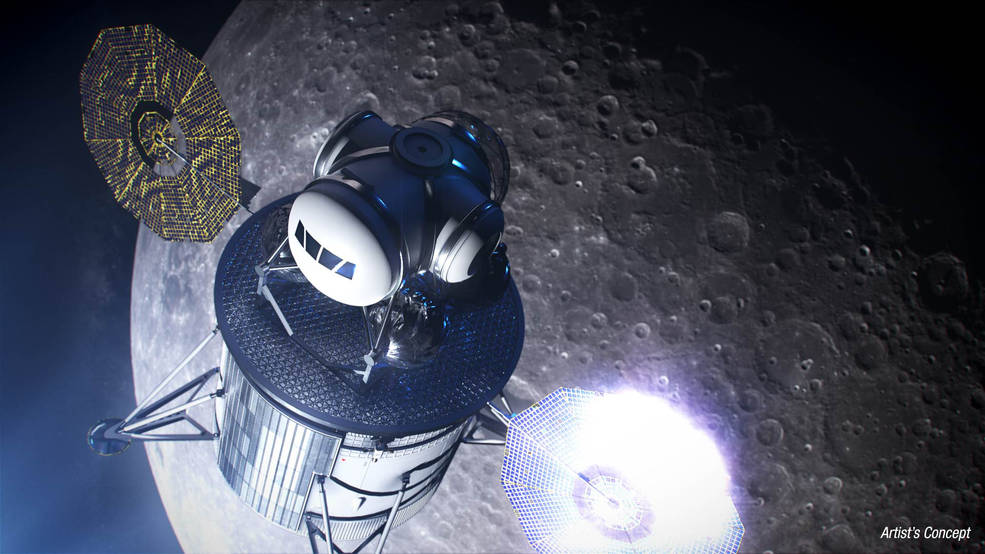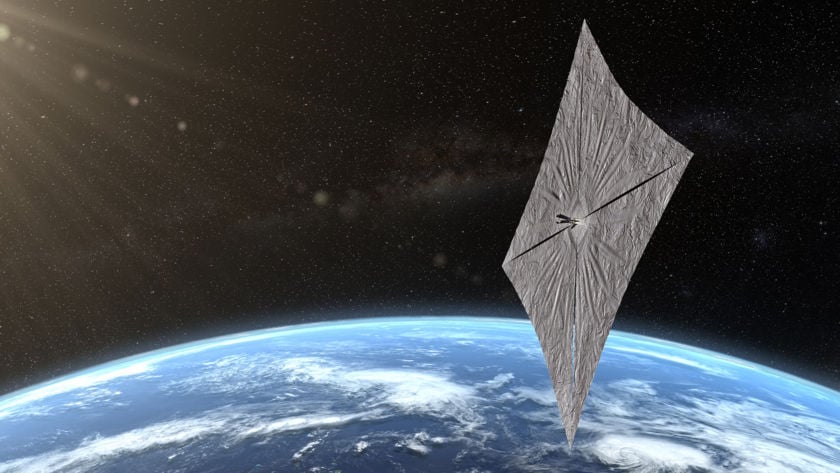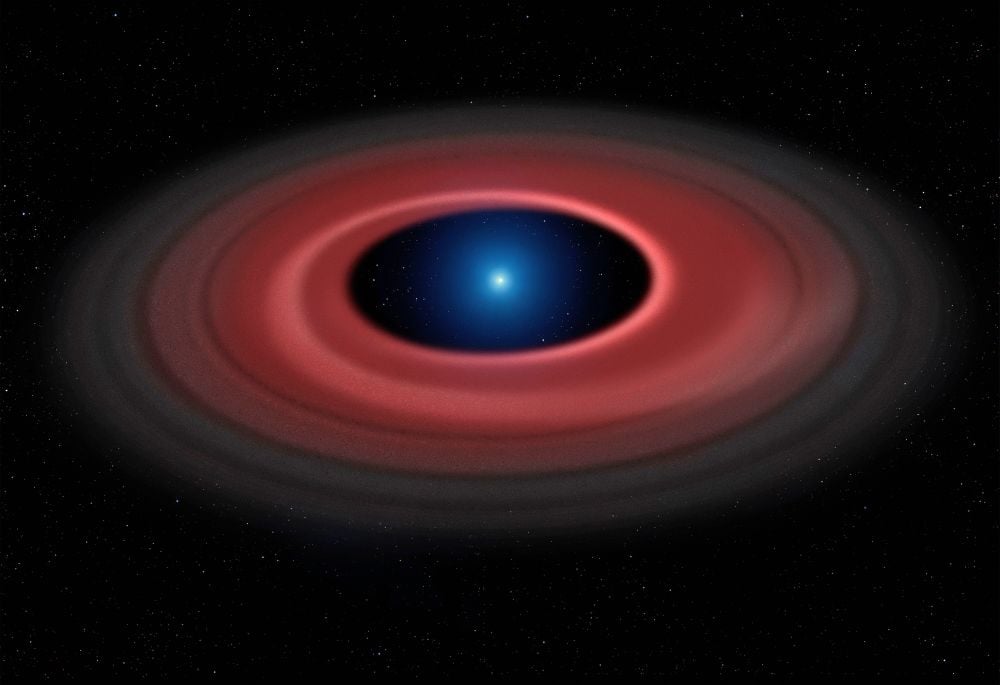
Continue reading

Using data from the first 22 months of the NICER instruments mission, NASA has constructed a beautiful image of what the X-ray sky looks like.
Continue reading

Continue reading

According to a new study, future NASA missions to Mars should look for "pasta-like" mineral structures, which are an indication of ancient bacteria here on Earth.
Continue reading
Continue reading

Continue reading

The James Webb Space Telescope recently completed vacuum chamber testing, and is good to go for its 2021 launch date!
Continue reading

A team of German scientists have invented a new laser system that could be used to build a lunar base in the near-future.
Continue reading

Continue reading

Continue reading

Continue reading

Continue reading

Continue reading

Continue reading

Continue reading
Continue reading

Continue reading

Continue reading

Continue reading

A new study has found evidence of glacier of water ice beneath Mars' north pole, enough to cover the entire planet in an ocean.
Continue reading

Continue reading
Continue reading

Continue reading

A new study supported by NASA has revealed that an ancient ocean on Venus might have been what slowed down its rotation, thus causing the runaway greenhouse effect that made it what it is today.
Continue reading

In their drive towards "democratizing space", the private aerospace company Sen recently demonstrated the capabilities of their 4K video streaming satellite.
Continue reading

SpaceX just launched the first 60 satellites that will make up their Starlink broadband internet service provider.
Continue reading

A new study led by Japanese researchers indicates that Pluto could have a subsurface ocean, provided there is an "insulating layer" beneath the ice.
Continue reading

Continue reading

Continue reading
Continue reading

Continue reading

The Mars 2020 mission is getting ever closer to the day when it will be launched to the Red Planet.
Continue reading

Continue reading
Continue reading

China's Chang'e-4 lunar mission recently gathered data that suggests that the impact that created the largest impact crater on the Moon could have blasted some of its mantle material onto the surface.
Continue reading

NASA's aging 2001 Mars Odyssey orbiter recently snapped some unique views of the twin moons Phobos and Deimos, in an effort to better understand their texture and surface composition.
Continue reading

Located in the constellation Virgo, about 54 million light years from Earth, is the elliptical galaxy known as Messier 86.
Continue reading

A new study by an astrophysicist and a professor of ethics takes a look at the future of humanity in space, and recommends we set aside most of the Solar System aside as protected wilderness.
Continue reading
Continue reading

Continue reading

In the ongoing search for intelligent life, a new study recommends that we look for signs of an advanced civilization harnessing the power of neutrinos to create a beacon.
Continue reading

Continue reading

Continue reading

Continue reading

Continue reading

Continue reading
Continue reading

Continue reading

I recently had the honor of attending a Nat Geo Live talk hosted by Kobie Boykins. As NASA JPL's chief engineer, he has played a major role in the development of every rover sent to Mars since 1997.
Continue reading

Continue reading











































